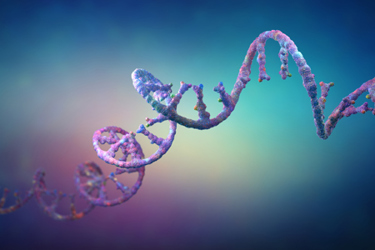HiCap T7 Transcribes RNA With Higher Purity And Activity While Using Less Cap Analog
By Rebecca Young, PhD, Senior Scientist, RNA Sciences, Alexa Molin, Associate Scientist, RNA Sciences, and Jon Cooper, PhD, VP mRNA Sciences & Analytical Development, Aldevron

Aldevron's HiCap T7 RNA Polymerase offers significant advantages for RNA manufacturing. This mutant T7 enzyme produces high-quality RNA with dramatically reduced impurities compared to wild-type T7. A key benefit is the 80-90% reduction in double-stranded RNA (dsRNA), a common contaminant that triggers immune responses and is difficult to remove. This reduction, measured by J2 ELISA, contributes to superior RNA expression.
In tests, RNA generated with HiCap T7 showed greater GFP expression in transfected HEK293 cells compared to RNA produced with wild-type T7. Furthermore, HiCap T7 uses half the cap1 AG trinucleotide of standard protocols, resulting in substantial cost savings, particularly at cGMP scales. Importantly, this reduced cap analog usage does not compromise capping efficiency, as HiCap-derived RNA still exhibits superior expression compared to wild-type T7 RNA. In summary, HiCap T7 significantly improves RNA manufacturing by minimizing dsRNA, enhancing expression, and reducing costs associated with capping analog.
Get unlimited access to:
Enter your credentials below to log in. Not yet a member of Outsourced Pharma? Subscribe today.
